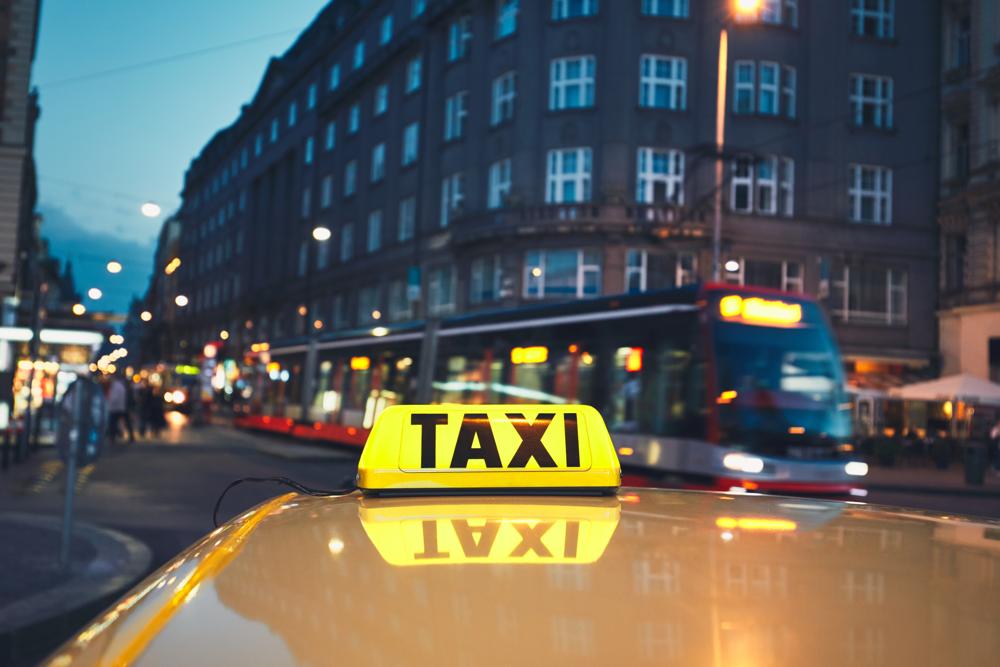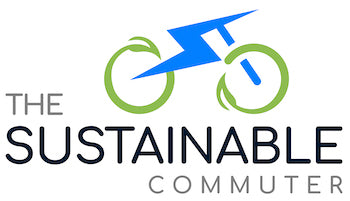
The Benefits of Public Transportation: A Sustainable and Efficient Solution
Share
Introduction
Public transportation plays a vital role in the functioning of cities and communities around the world. Defined as a system of transportation that is available for use by the general public, typically consisting of buses, trains, and subways, public transportation provides a wide range of benefits. Not only does it offer an affordable and convenient mode of transportation for individuals, but it also has a significant positive impact on the economy, the environment, and social equity. In this blog post, we will explore the numerous benefits of public transportation and highlight some examples of successful public transportation systems in major cities.
Body
Economic Benefits
One of the key benefits of public transportation is its positive impact on the economy. Public transportation projects, such as the construction of new subway lines or the expansion of bus routes, create jobs and stimulate economic growth. These infrastructure projects require a significant amount of labor, from engineers and construction workers to maintenance and administrative personnel. By investing in public transportation, cities can create employment opportunities and provide a boost to the local economy.
In addition to job creation, public transportation also leads to cost savings for both individuals and the government. Using public transportation instead of private vehicles can result in substantial fuel and maintenance cost savings. With public transportation, individuals do not have to bear the expenses of purchasing and maintaining a private vehicle, including fuel costs, insurance premiums, and parking fees. Moreover, the government can save on road maintenance and construction costs when fewer private vehicles are on the road.
Furthermore, public transportation can have a positive impact on property values. Studies have shown that properties located near public transportation stations or stops tend to have higher values compared to those located further away. This is because proximity to public transportation offers convenience and accessibility, making the property more desirable to potential buyers or renters.
Sustainable Transportation
In an era of increasing environmental concerns, public transportation plays a crucial role in promoting sustainability. One of the major benefits of public transportation is its contribution to the reduction of greenhouse gas emissions. Private vehicles are a significant source of carbon dioxide and other greenhouse gases, which contribute to climate change. By encouraging individuals to use public transportation instead of driving their own vehicles, cities can significantly reduce their carbon footprint and work towards achieving their climate goals.
Additionally, public transportation helps improve air quality. Private vehicles emit pollutants such as nitrogen oxide, particulate matter, and volatile organic compounds, which contribute to air pollution and have detrimental effects on human health. By reducing the number of private vehicles on the road and promoting the use of public transportation, cities can improve air quality and create a healthier environment for their residents.
Furthermore, public transportation helps alleviate traffic congestion. Traffic congestion not only leads to delays and frustration for commuters but also has negative economic impacts, such as increased fuel consumption and productivity losses. Public transportation systems, such as buses and trains, can transport a large number of people simultaneously, reducing the number of vehicles on the road and easing traffic congestion. This not only improves the efficiency of transportation but also reduces travel times for both public transportation users and private vehicle users.
Social Equity
Public transportation plays a crucial role in promoting social equity and ensuring access to transportation for all individuals, regardless of their income, age, or disability. Private vehicle ownership and usage can be expensive, making it inaccessible for many low-income individuals and families. By providing affordable and accessible public transportation options, cities can ensure that everyone has the opportunity to travel to work, school, healthcare facilities, and other essential destinations.
Moreover, public transportation promotes economic integration and social inclusion. In cities with well-developed public transportation systems, individuals from different socioeconomic backgrounds can travel to various parts of the city easily and affordably. This facilitates access to job opportunities, educational institutions, healthcare facilities, and cultural and recreational activities, promoting social mobility and reducing social inequalities.
Examples of Public Transportation Systems
Several major cities around the world have successfully implemented and maintained public transportation systems that serve millions of people on a daily basis. These systems provide a blueprint for other cities looking to improve their transportation infrastructure. Here are some examples of successful public transportation systems:
- New York City's Metropolitan Transportation Authority (MTA) subway system is one of the largest and oldest subway systems in the world. It serves the five boroughs of New York City, providing a convenient and efficient mode of transportation for millions of residents and visitors.
- Los Angeles Metro is a comprehensive public transportation system that includes buses, light rail, and subway lines. It serves the Greater Los Angeles area, offering a sustainable and efficient alternative to driving in a city known for its traffic congestion.
- San Francisco Bay Area Rapid Transit (BART) is a regional public transportation system that connects San Francisco with the surrounding cities and suburbs. BART offers an extensive network of trains that serve millions of passengers each year.
- Chicago Transit Authority (CTA) operates the "L" train system and buses in Chicago. The "L" train system is the second-largest rapid transit system in the United States, providing transportation to the city's residents and visitors.
- Dallas Area Rapid Transit (DART) is a regional public transportation system that serves Dallas and its surrounding suburbs. DART operates buses, light rail, and commuter rail, providing transportation options for commuters and residents alike.
Conclusion
Public transportation is a sustainable and efficient solution to the transportation challenges faced by cities and communities around the world. The economic benefits of public transportation are evident through job creation, cost savings, and increased property values. The environmental benefits include the reduction of greenhouse gas emissions, improved air quality, and reduced traffic congestion. Furthermore, public transportation promotes social equity by ensuring access to transportation for all individuals and promoting economic integration and social inclusion.
With successful examples of public transportation systems in major cities, it is clear that investing in public transportation can lead to numerous economic, environmental, and social benefits. By encouraging more people to embrace public transportation and supporting the development of efficient and accessible transportation systems, cities can build a sustainable and efficient society for the present and future generations.
